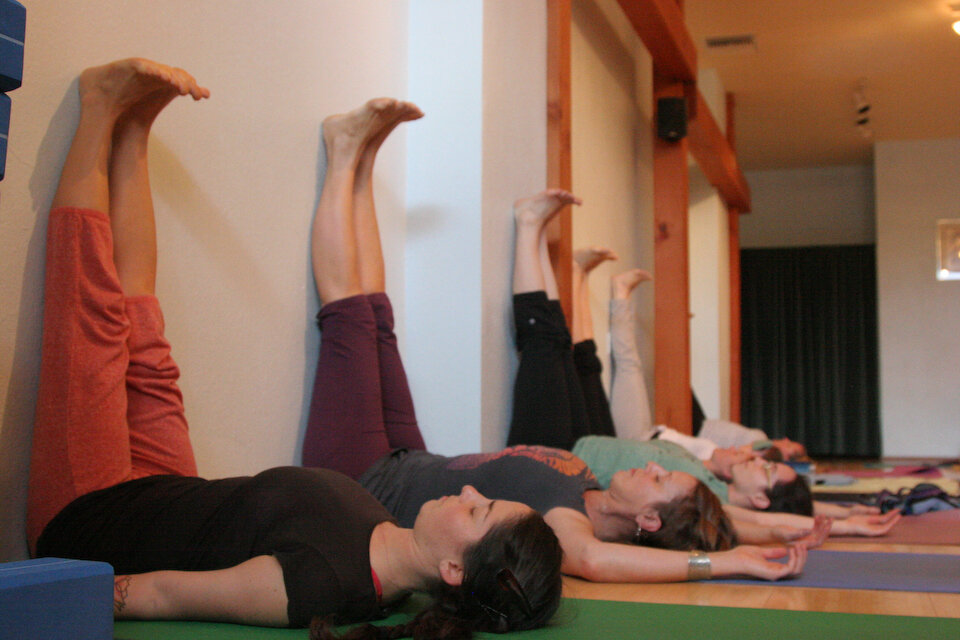The lymphatic system plays a crucial role in maintaining health and bodily equilibrium. While it closely parallels the cardiovascular system, which takes blood to and from the heart, it is quite different in its actions. The lymphatic system is responsible for transporting nutrients, hormones and waste throughout the body. It is also responsible for transporting lymphocytes, a type of white blood cells. This helps to mount an immune system response which can fight bacteria or disease.
The lymphatic system is made up of vessels, lymph nodes and specific organs that rid toxins and regulate lymphatic fluid throughout the body. Often times, this system operates smoothly with no need for special attention. However, when the lymphatic system is compromised, due to illness or disease, we can see changes in the body, such as swelling or infection.
There are several ways to encourage lymphatic circulation and these often coincide with healthy, active lifestyle choices, including a regular yoga practice. One of the ways you can influence your own lymphatic circulation is to engage in regular exercise that makes muscles contract and relax. This can be as simple as pointing and flexing your ankles if you’ve been sitting for a while, taking a walk or engaging in weight lifting. Another way to encourage lymphatic circulation is through deep, diaphragmatic breathing, especially when combined with some gentle abdominal pressure. When coupled with a yoga pose such as Viparita Karani (legs up the wall pose) we can use the added effect of gravity. This can be especially useful for sore or swollen feet or legs.
If you are interested in learning more about lymphatic system anatomy and how you can tailor your yoga practice to maintain a healthy lymphatic system, join Jennifer Miller, licensed physical therapist and certified lymphedema therapist in our upcoming Blue Sky Yoga workshop on Saturday, February 1, 2020 from 2:30-4:30. Pricing and specifics can be found on the Blue Sky Yoga Facebook page or on the Mind Body app.
Legs up the wall pose
Place the short side of your yoga mat or blanket along a wall free from objects.
Facing the wall, sit down on the left side of your mat with your right hip touching the wall.
Your body should be perpendicular to the wall with side of your right hip and right shoulder touching the wall.
As you begin to lie down onto your left side to turn onto your back, begin to walk your legs up the wall.
If your hamstrings or low back are stiff, you may need to scoot your hips away from the wall.
Once your legs are comfortable and supported, ensure that your trunk is even and not rotated.
Place your hands on your belly or one hand on your chest and one hand on your belly.
As you take in a comfortably full breath through your nose, try to expand your belly as if it were a balloon filling with air.
As you breath out through your nose or mouth, let your belly soften.
Your belly should expand with breath as much as, or slightly more than, your chest.
If you would like to add extra stimulation, put firm, but gentle pressure through your hand onto your belly during both the inhale and exhale.
Set a timer to practice for 3 to 20 minutes.




